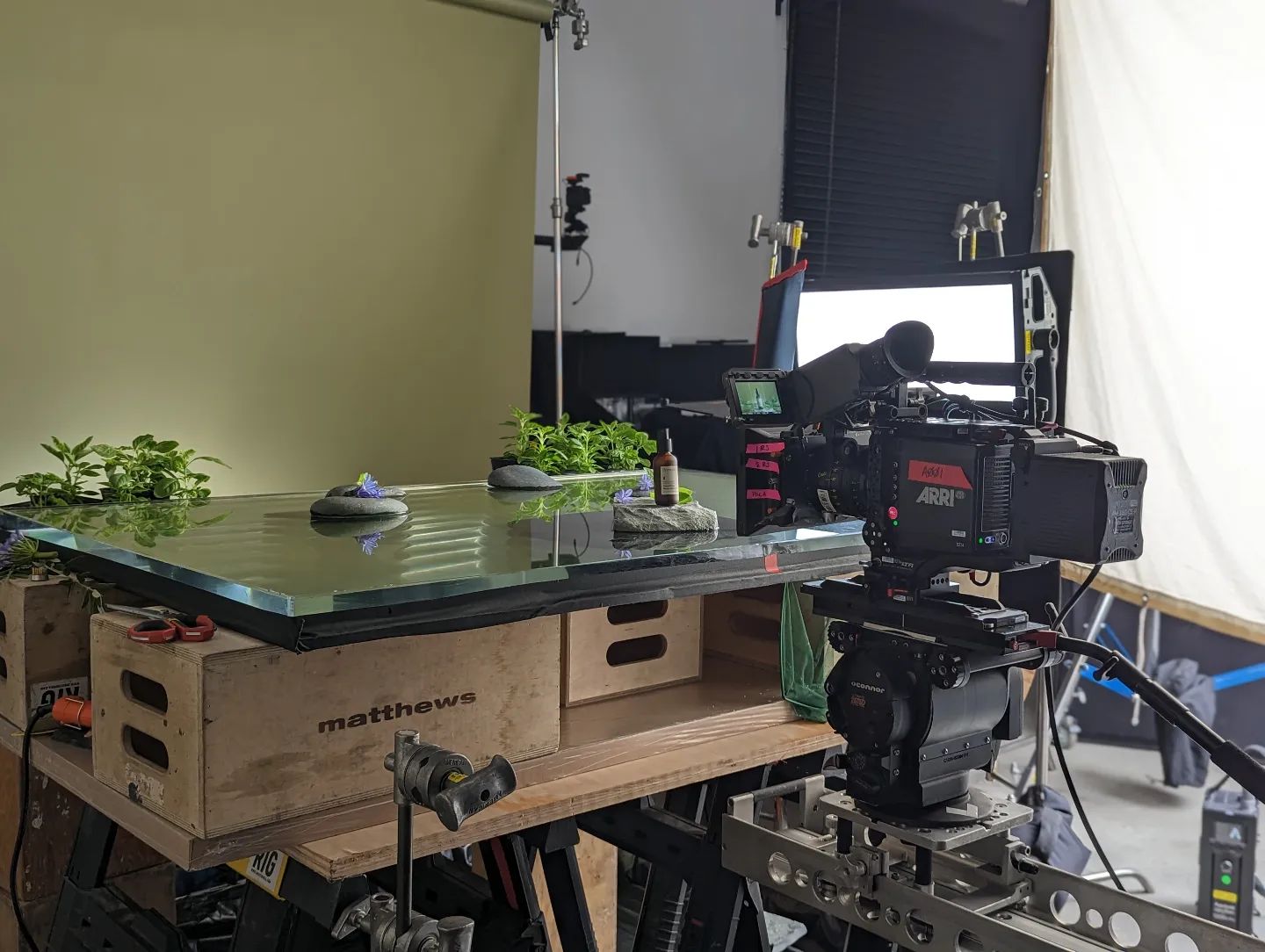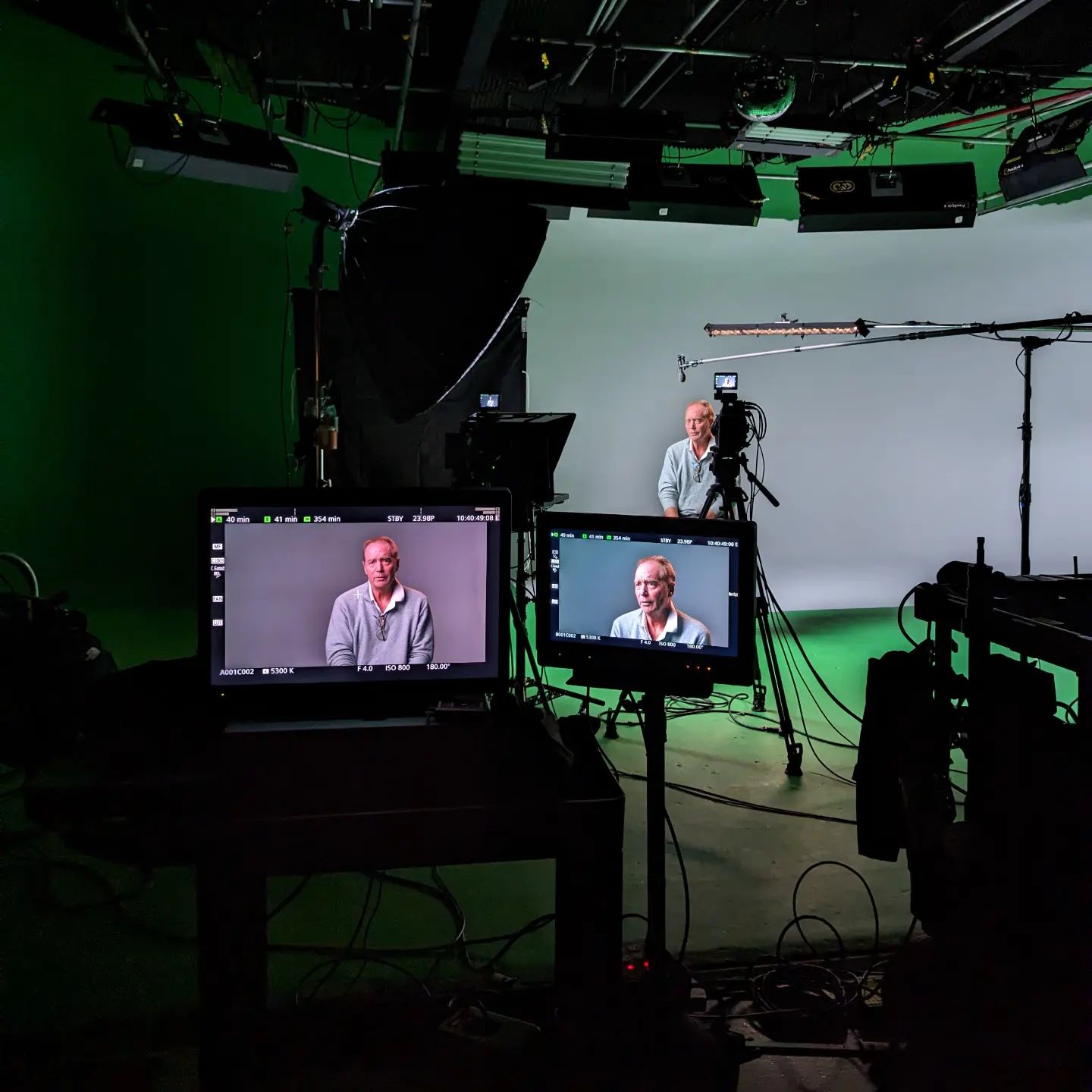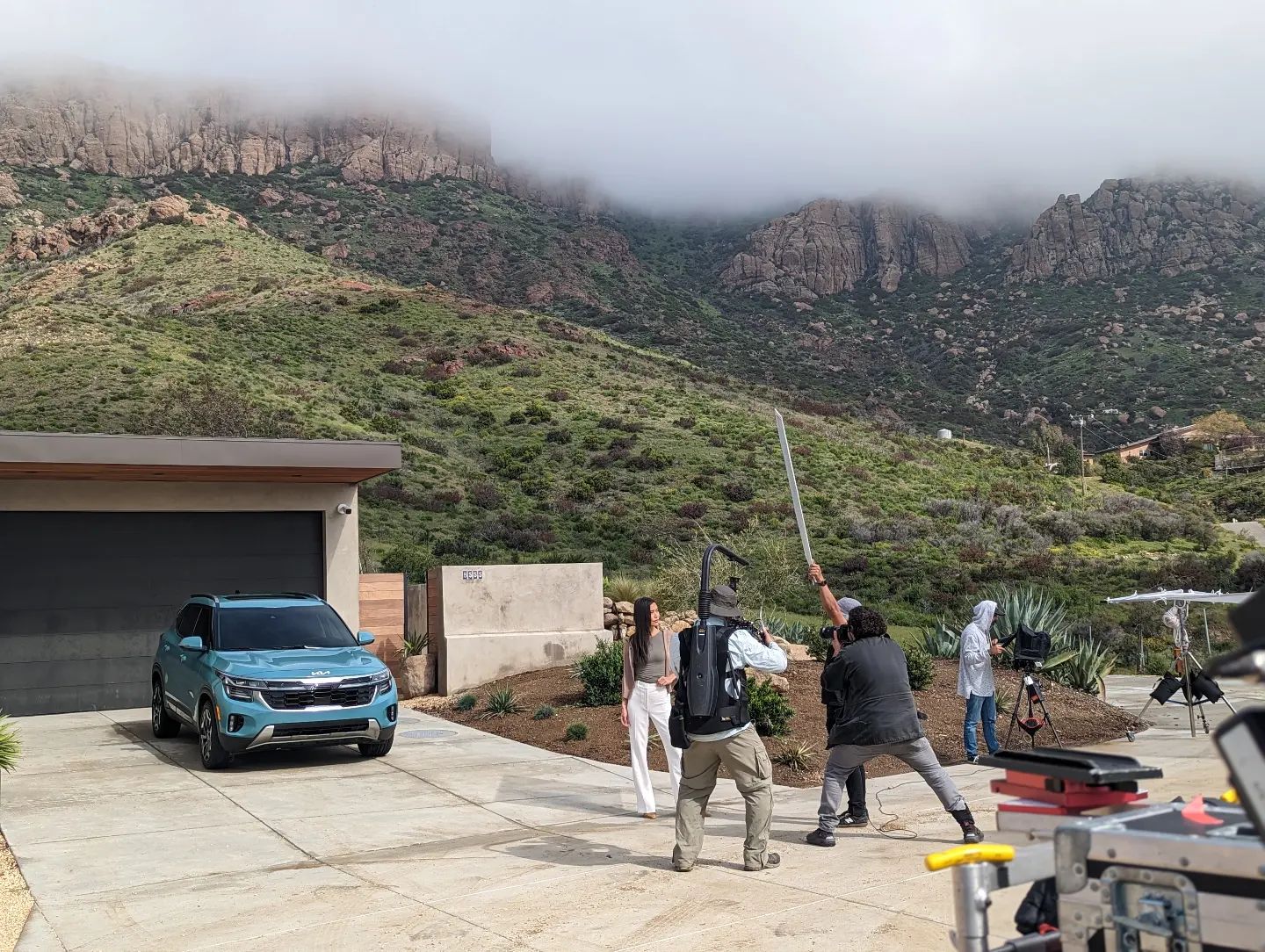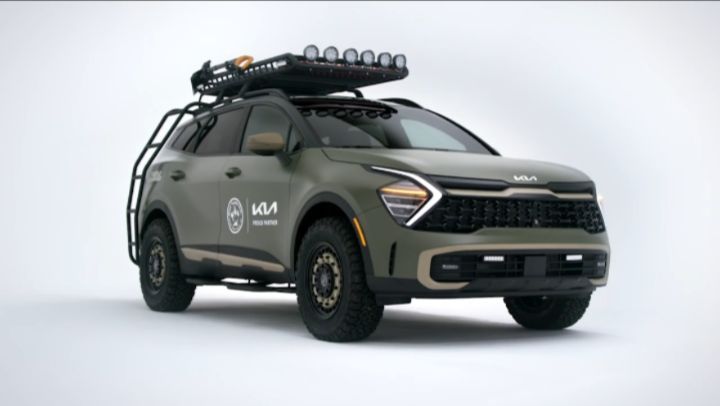Overview
Back in May 2017, I pre-ordered a Tilta Nucleus-M wireless follow focus system from a RedUser group buy. I was number 532 on that group buy list – and that, coupled with some insane production delays from Tilta, means I didn’t get my unit until January 20th, 2018. All that aside, I’ve now been using it for a couple of months, and I figured it’s a good enough time to give a review of the system.
The Tilta Nucleus-M is a wireless follow focus system that comes with either 2 or 3 motors, a hand unit, and two grips with finger wheels that can be used to control focus as well. These grips were actually the main reason I purchased it. The only other option on the market to control motors with grips was the Arri Master Grips, and a set of those is over $9,000! The Nucleus-M system retails for just $1,199, and as part of the pre-order I got it for just $1,099 and a free start/stop cable included. I think they were worth it for just that alone, so when I shoot reality (or really anything without a 1st AC) it’s easier for me to control my focus, and when I shoot with a DSLR zoom I can use the 2nd motor to turn it into a sweet servo zoom.
Features

As I stated above, the system comes with either 2 or 3 motors, a hand unit, and two grips. It also has cables and a charger for no. 18650 rechargeable batteries, which power both the hand unit and the grips. You need at least 6 batteries to power both grips and the hand unit, and they’re sold separately. Tilta recommends these from Amazon, and I bought 8 of them. As part of the pre-order I also received an Arri start/stop cable, and I purchased an additional Red start/stop cable along with a rail support to mount the two handles to 15mm rails. Tilta also makes attachments to mount the handles to the side of a Movi Pro or Ronin 2 rig, or to the crossbar of the original Movis or Ronin.
Both the hand unit and the handles can start/stop cameras with the included cables, and based on where you have your motors they can control focus, zoom, and iris. You can use the set piecemeal with either only the handles or only the hand unit, or you can combine the two so the operator can do something like control zoom while the 1st AC controls focus and iris. You can even master/slave on the fly to batch control from one unit to the other. You can also set A/B marks from the hand unit, plus all the other usual controls you’d expect from a FIZ controller.
Performance

I first starting using the unit on projects where I didn’t have a 1st AC, using only the hand grips. First things first: these motors draw quite a bit of power through a p-tap connector. Even at the lowest torque setting, these motors are very strong. My battery plate on my C300 MkII sometimes can’t output the power needed (and I used a Wooden Camera V-mount plate once that wouldn’t even send out enough to power the motors on), so I need to plug directly into the p-tap on my battery itself. What I ended up doing a lot is something that Tilta doesn’t recommend – plugging the motors directly into the grips. They are then powered off of the internal 18650 batteries and, as such, pull less torque. I also don’t need to daisy chain the two motors together or run a wire back to my p-tap port for power; I just plug each motor into the handle that controls it. Done.
Speaking of cables, it should also be noted that the included cables to connect the two motors together are very short – if you need to have a motor on either side of the lens rather than side-by-side, you need to purchase a longer cable from either Tilta or a 3rd party.
Besides the power draw, as a single operator, I had no issues. The unit was always responsive, and while it would lose calibration when shut down (since fixed in a firmware update), I also set the motors to auto-calibrate when powered up, so it was only a few seconds after swapping bricks for everything to recalibrate automatically. Easy, amazing, and a lifesaver with DSLR glass shooting reality style so I could finally do smooth zooms when I didn’t have the budget to rock something like a Canon 17-120!

Shooting with a 1st AC worked pretty smoothly as well. The ACs I worked with all said they really liked the feel of the hand unit, and the responsiveness of the whole system. We had no lag, and a pretty far range on the system (our Teradeks lost signal before the hand unit did). The biggest issue we had was that once, on a rooftop in Koreatown, we had some interference issues. This was solved by my 1st putting his hand over the top of the hand unit, and the permanent solution has been termed by the Tilta community as the “tin-foil fix” – gaff tape a piece of tin foil to the top of the unit. Otherwise, the only complaint I had was that the unit screen is pretty dark due to ND glass on it. Not sure why Tilta did that…
Conclusion
Overall, at $1,199 I think this system is killer. It’s worth it for the handles alone. The caveats I have are all small, and can be fixed with buying a longer cable, sometimes powering off your handles, and taping a piece of foil on the top of the system. It’s worth noting that quite a few people have complained about other problems with the system not recognizing their pulls, resetting, and not calibrating lenses properly – but I have not had any of those problems. There’s a possibility that the quality control at Tilta’s factory is lacking, but my system has so far worked pretty much as expected. I’d buy it again, and if you do please test it thoroughly and report back. If you get one with issues – well, that’s what return policies are for, right?


















7 Comments